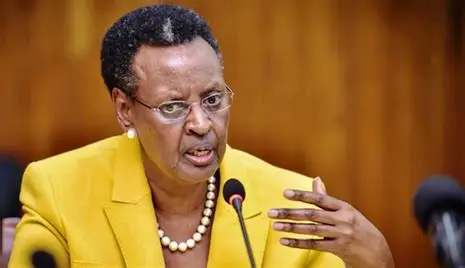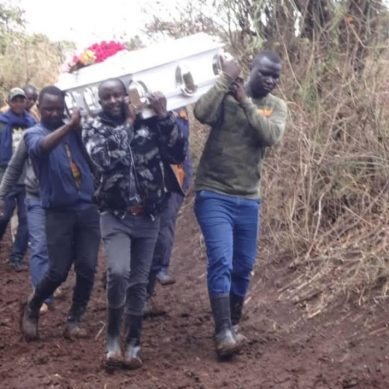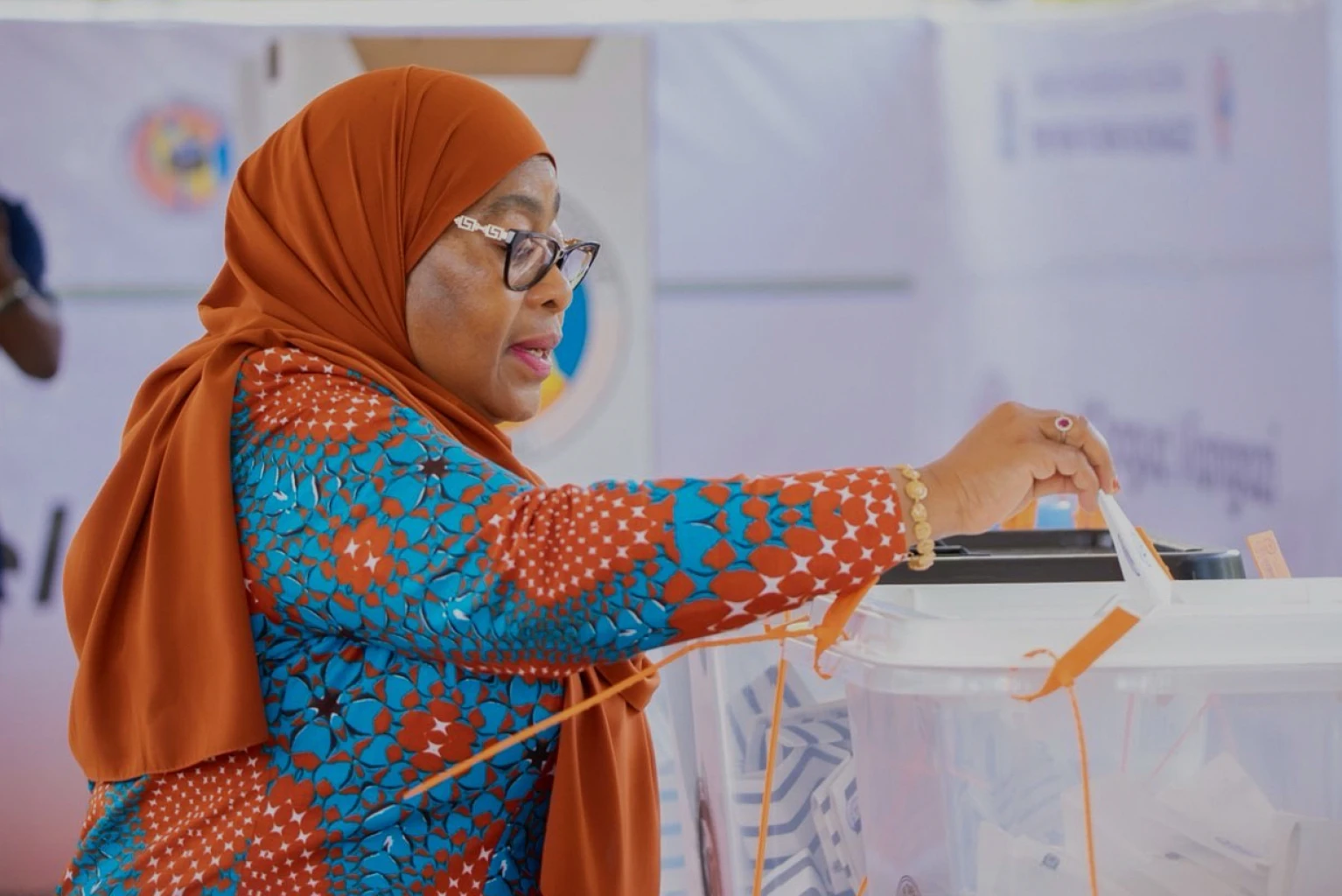
Uganda marked her 63rd Independence Day on October 9, 2025. At 76, I was one of the few people living in Uganda today who were old enough on October 9, 1962, when the colonial British government handed the instruments of power to Apollo Milton Obote.
I was 12 years. We jubilate and ululated viewing independence as the promise of a better future than the colonial past.
My teacher of civics, which was one of the key subjects of study during the colonial times, assured us that with independence, the country would in charge of every sphere of its economy, including education, health, agriculture, transportation, industry and manufacturing, marketing, and political and social development. He said foreigners would never dominate us again or make decisions for us and we would determine the destiny of our country.
The first few years of independence were difficult but fruitful. We got many schools, hospitals and hospital, and our road network and agriculture improved, and our economy performed much better than the economies of the so-called Asian Tigers. However, the downturn of our politics began to undermine the achievements we made.
By 1970 it became clear that the Obote regime had no future. Idi Amin overthrew it and our socioeconomic nightmare began. The militarisation of politics became the in thing. There was no turning back.
For almost eight years we were under absolute, undiluted military capture of all the civic spaces in the country. Although there was an attempt by the new the National Liberation Front/Army government promised Ugandans a breakaway from the Amin era, the centrality of the military in its governance did not give Ugandans much hope not even the civic elections that followed and ushered in the Obote 2 administration did.
Soon that administration had to face the reality of the military rebellion of Yoweri Museveni and his group – National Resistance Movement/Army (NRM/A). Ultimately, the Obote II regime was removed by the Tito Okello junta in 1985, which itself fell to the superior military and organisational power of the NRM/A on January 26, 1986.
Initially, the NRM/A more or less banned multiparty politics by simply telling Ugandans that it has reached a gentleman’s agreement to suspend political activities while it ruled, promising to hold multiparty elections after four years. That did not happen. Instead President Museveni – now called Tibuhaburwa Museveni – introduced single party politics disguised as movement politics, which included partists and nob-partists. He created his own brand of Parliament he called National Resistance Council, in which former combatants and partists participated on individual merit basis without representing their now quiescent political parties, which those days were Uganda People’s Congress(UPC), Uganda Patriotic Movement (UPM), Democratic Party (DP) and Conservative Party (CP). Somehow, UPM disappeared along the way as its former members found themselves as members of NRM/A.
The former leader of UPM – Museveni – was now the leader of NRM/A, which had skillfully and deceptively consummated the political parties, highlighting individual merit politics, which demanded that those who presented themselves for political office as elected officials did so without reference to their political parties but their individual credentials. That is how they presented themselves to the electorate, which NRM/A organized as Local Councils, and ended up as Members of the National Resistance Council (NRC).
Therefore, the Members did not really pretend to represent the communities where they came from but themselves and were subject to the dictates of the NRM/A and its dear leader, Yoweri Museveni (Tibuhaburwa Museveni).
When the Benjamin Odoki Constitutional Commission finished its work of collecting views from the Ugandans as to what they wanted included in a new Constitution of Uganda, the NRC, which was already in place, constituted itself into a constituent assembly (CA) of individual merit members, to debate what the new constitution would ultimately look like. The whole constitution-making process took four years. A draft of the constitution resulted from the debates.
Ultimately the new Uganda Constitution 1995 resulted and was promulgated by the President on October 8, 1995. This date marked the official enactment of the Constitution of Uganda by the Constituent Assembly and established it as the new supreme law of the Republic of Uganda.
The Uganda Constitution 1995 initially established a Movement System or No Party System, but also contained provisions for transition to a multiparty system in future, which officially occurred in 1995 after a referendum actively supported by President Tibuhaburwa Museveni.
Article 69 of the Constitution confirms the right of the people to choose their political system through a fair election or referendum. It explicitly lists the Movement Political System and the Multiparty Political System as the options. Article 71 of the constitution prescribes the kind of multiparty system, including national in character, membership transfer, sex, ethnicity, religion, etc, intraparty democracy and regularly elected national officials. Article 78 prohibits the establishment of a one- party system.
In practice, however, the party in power, NRM, since 1986, rules as if Uganda is one party state, using state security agencies to disable the alternative political parties and their leaders. Within this context, it encourages individual merit approach to politics, often poaching or buying individual politicians from the other parties. This way NRM is in a way discouraging the development and growth of multiparty politics for its exacerbated interest in power retention well in future.
Consequently, the political parties in particular and Uganda in general are not making effective democratic development during the reign of NRM. There has been exaggerated tendency for people not endorsed by their parties to represent them in elections to choose to stand as independents, which resuscitates, entrenches and perpetuates individual merit approach to politics in Uganda, there y undermining the solidity, integrity and strength if the political parties, including the NRM itself.
When the independents present themselves to the electorate, they don’t campaign for their parties of the presidents of their parties. They cast themselves as politicians pursuing their own political, economic and social interests, although they are able to convince the electorate that they will represent its interests.
Therefore, independents are the vehicles through which individual merit approach to politics is preserved and perpetuated in the body politic of Uganda. However, while this vehicle has undermined and continues to undermine the growth and development of pluralism in general and multipartism in particular, President Tibuhaburwa Museveni has used them to great effect to advance his interests in the Parliament of Uganda.
It is likely that the number of politicians seeking to stand as independents, exploiting individual merit approach to politics to enter Parliament and councils will not decline with passage of time. Consequently, we should not expect to see strong parties with strong leadership. We should expect President Tibuhaburwa to use independents in NRM and other parties to retrench his hold onto power. Money will be used as a tool to manipulate independents to dance to his tune.
For God and my country.
- A Tell report / By Oweyegha-Afunaduula / Environmental Historian and Conservationist Centre for Critical Thinking and Alternative Analysis (CCTAA), Seeta, Mukono, Uganda.
About the Centre for Critical Thinking and Alternative Analysis (CCTAA)
The CCTAA was innovated by Hyuha Mukwanason, Oweyegha-Afunaduula and Mahir Balunywa in 2019 to the rising decline in the capacity of graduates in Uganda and beyond to engage in critical thinking and reason coherently besides excellence in academics and academic production. The three scholars were convinced that after academic achievement the world outside the ivory tower needed graduates that can think critically and reason coherently towards making society and the environment better for human gratification. They reasoned between themselves and reached the conclusion that disciplinary education did not only narrow the thinking and reasoning of those exposed to it but restricted the opportunity to excel in critical thinking and reasoning, which are the ultimate aim of education. They were dismayed by the truism that the products of disciplinary education find it difficult to tick outside the boundaries of their disciplines; that when they provide solutions to problems that do not recognise the artificial boundaries between knowledges, their solutions become the new problems. They decided that the answer was a new and different medium of learning and innovating, which they characterised as The Centre for Critical Thinking and Alternative Analysis (CCTAA).







